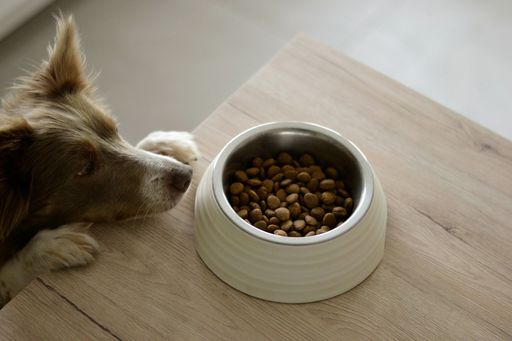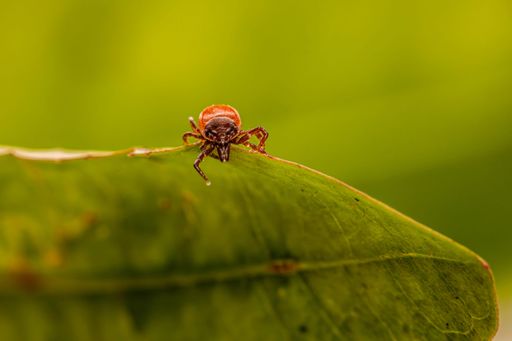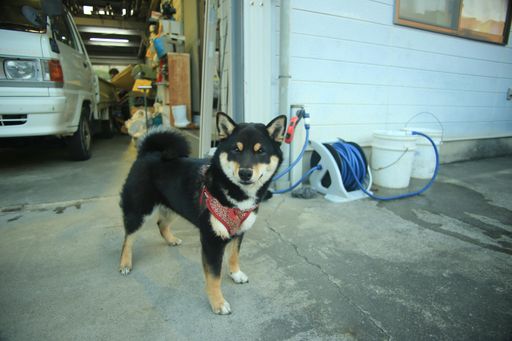In the enchanting world of dogs, each furry friend flaunts a coat that's a blend of beauty and biology, telling a tale of their breed and lifestyle. Ranging from the sleek guards to the sprightly, curly companions, the diversity in dog coats is a testament to nature's creativity. These coats, far beyond mere looks, play a crucial role in the health and comfort of our dogs. Realizing this, we see that caring for their coats is not just a task, but a way to deepen the bond we share with our beloved pets.
Understanding Different Coat Types
In the diverse world of dogs, each breed flaunts a unique coat type, a blend of genetics and nature's design. These varying coat types aren't just for show; they serve crucial functions like temperature regulation and protection against elements.
Common coat types include:
- Short Coats: Seen in breeds like the Labrador Retriever, these coats are low maintenance but require regular brushing to keep them clean and reduce shedding.
- Long Coats: Breeds such as the Shih Tzu showcase luxurious coats that demand more grooming time to prevent tangles and mats.
- Curly Coats: Poodles, with their distinctive curls, need regular grooming to avoid knotting.
- Wiry Coats: Terriers, with their unique wiry texture, require regular stripping to maintain coat health and appearance.
- Double Coats: Found in breeds like the German Shepherd, these coats have a soft undercoat beneath a weather-resistant outer layer, necessitating regular grooming, especially during shedding seasons.
Understanding your dog's coat is essential for their care and well-being. For those pondering which breeds to welcome into their homes, everything you need to know about family dogs, including their grooming needs, lifestyle adaptations, and how they might fit into your family life, is often rooted in understanding their coat types. Your dog's coat is not just part of their identity but a key to their health and happiness.
Routine Care and Grooming Tips
Maintaining a healthy and beautiful coat for your dog involves a few key grooming practices, regardless of the type of coat they have.
Brushing Techniques
Regular brushing is essential for all dogs. It helps to remove dead hair, distribute natural oils, and keep the coat shiny and healthy. Start by brushing in the direction of hair growth to loosen dirt and debris. For tangles and mats, use a detangling spray and gently work through with a suitable brush. Handle your dog with gentleness to prevent any irritation to their skin.
Shampooing
Use a dog-specific shampoo that's suited to your dog's skin type. According to Woof Whiskers, it’s best to avoid human shampoos as they’re designed for human scalps. Instead, use shampoos specifically formulated for dogs. Wet the coat thoroughly, apply shampoo, and massage it gently. Pay special attention to areas that get particularly dirty, but be careful to avoid the eyes and ears. Rinse thoroughly to ensure no shampoo residue is left, as this can cause skin irritation.
Drying and Finishing
After a bath, gently towel-dry your dog to remove excess water. If using a hairdryer, set it on a cool or low-heat setting and keep it moving to avoid concentrating heat in one area. Finish off with a brush to smooth out the coat and give it a shiny finish.
Vitamins and Supplements
In addition to external grooming, internal health plays a significant role in maintaining a healthy coat. Incorporating the right vitamins and supplements into your dog’s diet can make a notable difference. Omega-3 fatty acids, commonly found in fish oil supplements, can enhance the coat's shine and health. Vitamins E and A are also beneficial for skin and coat health.
Professional Grooming and When It's Needed
While regular home grooming is essential for all dogs, there are times when the expertise of a professional groomer is invaluable. Understanding when to seek professional help can ensure your dog's coat is not only beautiful but also healthy.
- Expert Handling of Complex Coats: Some dogs have coats that require specialized care. For example, breeds with dense or layered coats, like some terriers, may need hand-stripping to maintain their coat's texture.
- Managing Extensive Matting: If your dog's coat becomes severely matted, it's wise to turn to a professional. They have the expertise to safely remove mats without causing discomfort or skin damage to your dog.
- Seasonal Grooming Needs: Dogs with thick double coats, like Huskies, often require extensive grooming during shedding seasons to remove the dead undercoat.
- Health and Safety Checks: Professional groomers can spot skin issues, parasites, or other health concerns that might not be immediately apparent to the untrained eye. Regular visits to a groomer can complement your health checks at home.
Wrapping Up
Understanding and properly caring for your dog's coat is a fundamental aspect of pet ownership. Whether through regular home grooming routines or with the help of professional services, maintaining a healthy, clean, and well-groomed coat is crucial for your dog's overall well-being. Each brush stroke not only enhances their physical appearance but also strengthens the bond between you and your furry companion.



















